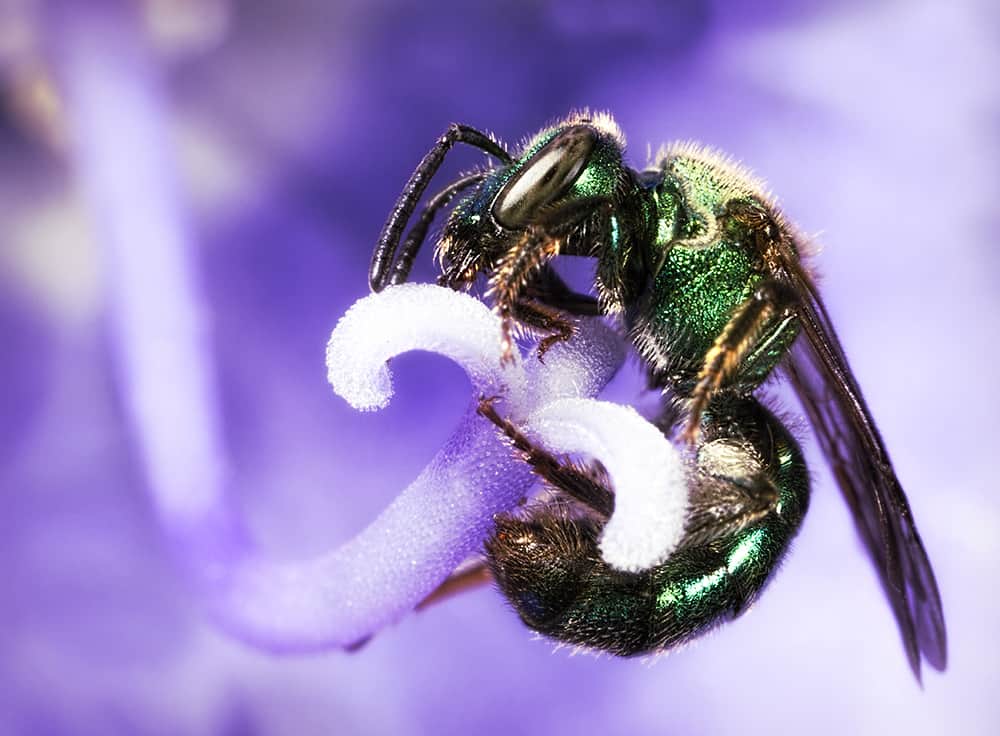Saturation Adjustment Layer in ~ 5 minutes!
The Saturation Adjustment Layer in Photoshop can be one of the most powerful tools in Photoshop if you know how to use it properly. I would go on a limb and say this is my second favorite tool in Photoshop next to the Curves adjustment layer. The Saturation Adjustment Layer wields unprecedented power once you learn how to tame it in your favor.

In today’s Free Tutorial Friday I am going to break down the Saturation Adjustment Layer in ~5 minutes. I intended for 3, but that didn’t quite happen as there is a lot to learn here and I did not want to sacrifice good quality content for a time limit. In this tutorial we will cover the following topics:
- What is Hue?
- What is Saturation?
- What is Lightness?
- Practical application of the above listed items on both the Master (all colors) and individual colors
- The Targeted Adjustment tool
- How to Colorize your photos
- Adjusting Blending Options and Opacity for maximum color control
There is quite a bit of territory to cover in 5 minutes. This could be the best 5 minutes of photo education you receive all weekend! This is not intended to make you a Color Master that’s what the Color Zone System Training Package is for. Sit back, relax, soak in the knowledge and put it into practice this weekend.









Blake…
Very insightful and useful information.
Any chance of making a jpg of the wheel (in the video) available so that we can experiment ?
Thanks
S.
Thanks for watching. I know I have that color wheel somewhere on the site as a download. I’ll look and see what I can dig up.
Very cool and you made it look so easy can’t wait to try Thank You so much
Wow, did not know that the HSL layer could be so powerful. Thank you so much for sharing this. I will definitely use this in the future.
Very powerful, I just figured out that Colorize feature during the recording. This was going to be a 3 minute tutorial! Imagine that!
Thank you for this. I have been mostly ignoring these sliders. I can see how in some specific images I am working on how this can tie some things together in my workflow. Thanks again for sharing this info.
It can be used very effectively in any Photo. My two main areas of photo post processing are Tone and Color. This satisfies the color chunk greatly!
Hi Blake – great video, very informative.
Any thoughts on the best RAW file programme specifically for the “lens correction” function. I’ve looked at Lightroom and DXO so far but they seem to offer too many other functions that I have in ON1 and Topaz packages.
Thanks for watching. I think ACR or even Lightroom is pretty powerful for that, otherwise, just use PS and correct things manually. That seems to give me better results many times.
Something good to use. Never really thought of it that way. Great Topaz Webinar !!!!
Thanks for the feedback and stopping by and watching this.
Thanks Blake. Great to see what can be achieved with using the colour sliders in combination with the blending modes.
Really enjoyed the Topaz webinar as well.
Appreciated your comments in the monthly critique. As usual your suggestions did make a difference.
Julie
Another great mini-tute, Blake – you’re a great teacher!
Thank you so much for watching and for the awesome feedback, you rock!
Hi Blake
I use the HSL tools a lot on my landscapes, and Colorize is a real ‘hidden gem’ when quickly manipulating the colours of objects and layers in graphic design compositions.
However, I’d never given any thought to changing the blending mode – that part of your tutorial was a real eye-opener for me, and will no doubt prove very useful in future – thanks!
Mind you, although I’m happy working with most of the tools and features in Photoshop, one aspect I’ve never really studied in depth are the various blending options. Would you maybe consider creating a short tutorial one day on the various blend options in PS? Not just how they actually work, but maybe a few practical tips (like the one in this week’s HSL tutorial) where they could be really useful.
In any case, many thanks for all the time and effort you put into creating these wonderful videos!
Steve
Thanks for the time you spend on finding and putting this resourceful videos together
Masterfully done (-: I need to go back and review the part on colorization. Something didn’t click for me during the 1st viewing.